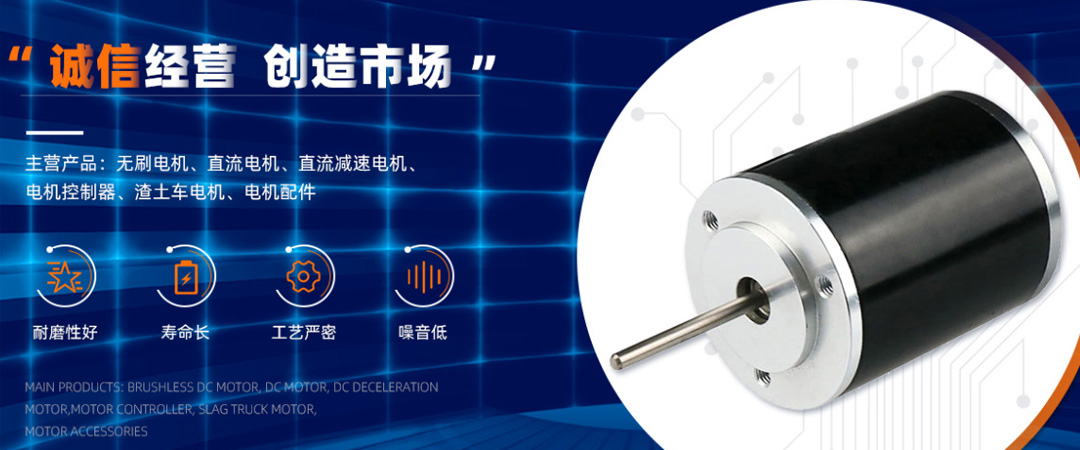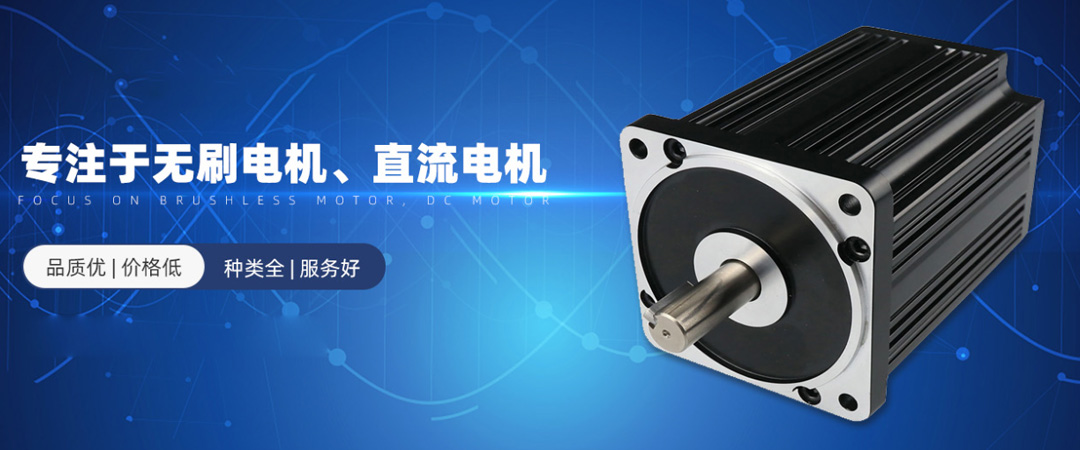The cause of brushless motor shaft breakage
Incorrect usage can indeed cause some damage to brushless motors. Users must be careful and conscientious when using them. Shaft breakage is a common fault that occurs when using motors, and we should know what the cause is?
1. The incorrect selection of brushless motor resulted in insufficient output of the matched reducer. Some users mistakenly believe that as long as the rated output torque of the selected motor meets the working requirements, it is enough. In fact, this is not the case. Firstly, the value obtained by multiplying the rated output torque of the motor by the reduction ratio should be smaller than the rated output torque of a similar reducer provided in the product sample. Secondly, the overload capacity of the driving motor and the actual required working torque should also be considered. In theory, the required working torque of the user must be less than twice the rated output torque of the reducer.
2. During the process of acceleration and deceleration, if the instantaneous torque applied to the output shaft of the brushless motor exceeds twice its rated output torque, and this acceleration and deceleration are too frequent, it will eventually cause the gearbox to break, but this situation occurs less frequently.
As long as the cause of the brushless motor shaft breakage is known, the problem of shaft breakage can be solved. When designing a motor, the torque should be calculated correctly. Often, if the torque is not correct, it can lead to some malfunctions, which requires attention during the design process.
1. The incorrect selection of brushless motor resulted in insufficient output of the matched reducer. Some users mistakenly believe that as long as the rated output torque of the selected motor meets the working requirements, it is enough. In fact, this is not the case. Firstly, the value obtained by multiplying the rated output torque of the motor by the reduction ratio should be smaller than the rated output torque of a similar reducer provided in the product sample. Secondly, the overload capacity of the driving motor and the actual required working torque should also be considered. In theory, the required working torque of the user must be less than twice the rated output torque of the reducer.
2. During the process of acceleration and deceleration, if the instantaneous torque applied to the output shaft of the brushless motor exceeds twice its rated output torque, and this acceleration and deceleration are too frequent, it will eventually cause the gearbox to break, but this situation occurs less frequently.
As long as the cause of the brushless motor shaft breakage is known, the problem of shaft breakage can be solved. When designing a motor, the torque should be calculated correctly. Often, if the torque is not correct, it can lead to some malfunctions, which requires attention during the design process.



